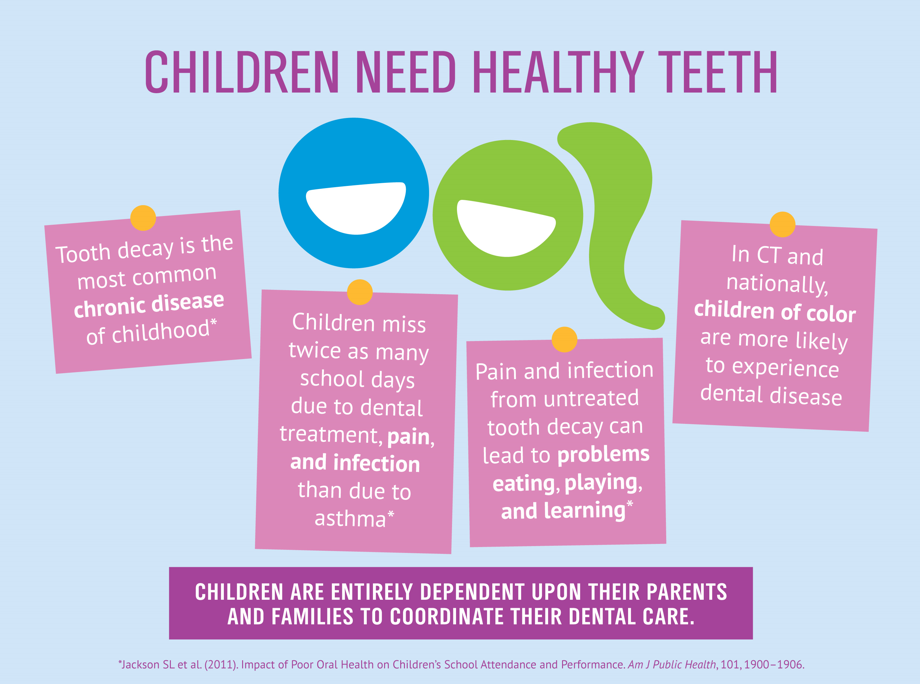Be Gotten Ready For Unexpected Oral Emergency Situations By Acknowledging The Indicators Of Trauma And Recognizing When To Seek Immediate Treatment
Be Gotten Ready For Unexpected Oral Emergency Situations By Acknowledging The Indicators Of Trauma And Recognizing When To Seek Immediate Treatment
Blog Article
Short Article By-Lowery Singh
If you really feel a sudden jolt of discomfort or observe a tooth injury, it can be unsettling. Yet just how do you establish if it's an oral emergency situation that requires instant focus? Recognizing the important signs and understanding when to look for aid can make all the distinction in maintaining your dental wellness. Knowing when to act swiftly can mean the difference between a quick fix and much more comprehensive treatment.
Common Types of Dental Injury
What're the typical kinds of oral injury that you should understand?
Crashes can take place, leading to different kinds of dental injuries. https://how-much-does-oral-surger49383.blogsmine.com/30680990/start-a-personalized-smile-journey-with-invisalign-where-innovative-innovation-quietly-shapes-and-transforms-your-smile of dental trauma is a cracked tooth. This can occur from biting down on something hard or experiencing a strike to the face.
An additional kind is a damaged tooth, where a part of the tooth can chip off. Furthermore, you might experience a knocked-out tooth, which can occur throughout sporting activities or falls. It's important to handle the tooth meticulously and look for instant oral focus.
Dental trauma can likewise entail a tooth that has actually been pushed out of setting or loosened due to an injury. This type of injury requires prompt treatment to save the tooth.
Lastly, soft tissue injuries in the mouth, such as cuts, can additionally occur from accidents. Finding out about these common kinds of dental trauma can help you act quickly and properly in case of an emergency.
Signs of Oral Emergency Situations
Identifying the indicators of dental emergencies is crucial for punctual activity and correct treatment. If you experience serious tooth pain that's constant and pain, it could suggest a hidden issue that calls for immediate attention.
Swelling in the gum tissues, face, or jaw can likewise suggest an oral emergency situation, especially if it's accompanied by pain or fever. Any type of type of injury to the mouth leading to a split, broken, or knocked-out tooth should be dealt with as an emergency situation to prevent additional damage and prospective infection.
Hemorrhaging from the mouth that does not quit after using stress for a few minutes is another red flag that you ought to look for emergency situation oral treatment. Furthermore, if you see any type of signs of infection such as pus, a foul preference in your mouth, or a high temperature, it's important to see a dental expert as soon as possible.
Overlooking these signs could bring about a lot more severe difficulties, so it's important to act promptly when confronted with a prospective dental emergency.
Relevance of Immediate Therapy
Trigger action and immediate therapy are essential in attending to dental emergency situations to prevent additional problems and guarantee optimal results for your dental wellness.
When faced with an oral emergency situation, such as a knocked-out tooth or serious toothache, seeking immediate treatment can make a substantial distinction in saving your tooth and reducing pain. Postponing therapy can bring about infection, enhanced pain, and also long-term damage to your teeth and periodontals.
By seeking emergency situation oral care immediately, you increase the opportunities of effective therapy and remediation. Dental practitioners have the essential skills and tools to deal with emergency situations effectively, decreasing the risk of lasting effects.
In mouse click the next webpage , instant treatment can help take care of discomfort and discomfort, enabling you to resume your daily tasks without disturbance.
Final thought
In conclusion, understanding oral trauma and recognizing when to look for emergency treatment is critical for keeping oral health.
By acknowledging usual sorts of dental injuries and the indications of dental emergency situations, you can make sure punctual care to avoid additional damages and issues.
Keep in mind, looking for immediate therapy can conserve teeth, lower discomfort, and boost the possibilities of successful healing.
Don't be reluctant to seek help from an oral specialist if you experience any type of signs of dental injury.
